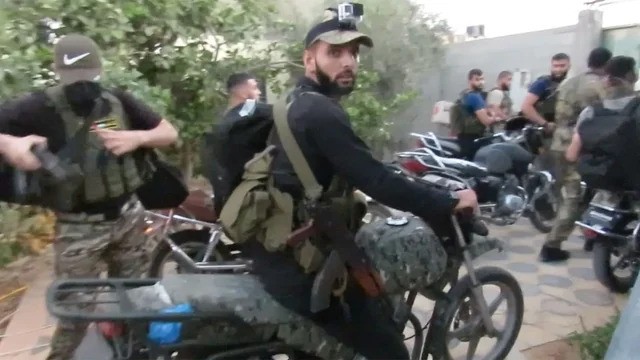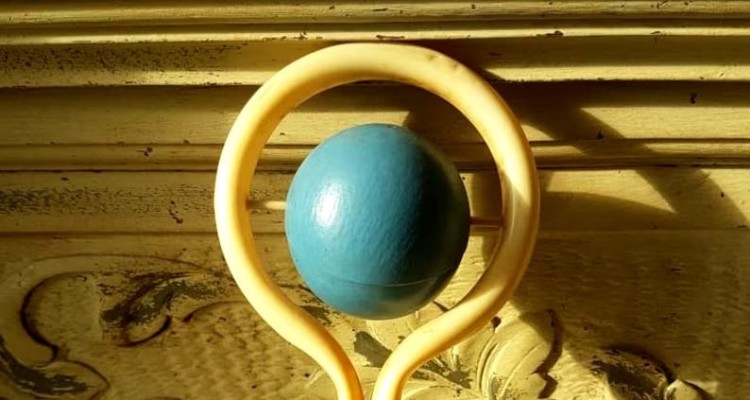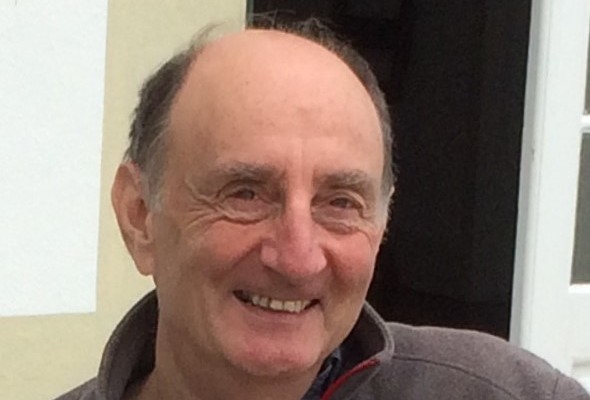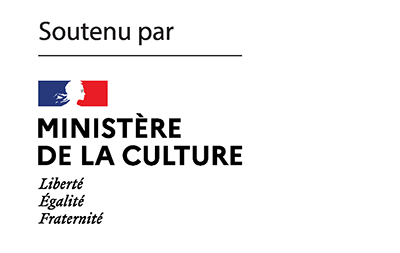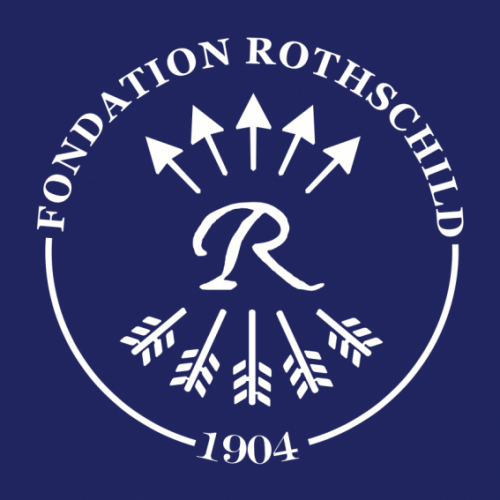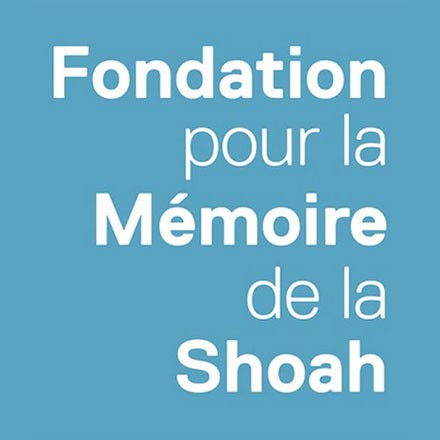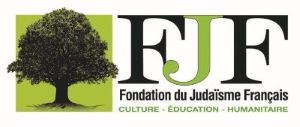On October 23, some 200 journalists were invited by the Israeli army to a military base in Tel Aviv for the first screening of a 40-minute montage of images from the October 7 Hamas attacks. Since then, other screenings have been organized in France—the first on November 14 for journalists, the second for deputies and senators who wished to attend. Many of the images in this document were already circulating on social networks, along with others. The meeting between Michaël Prazan and Jean-Baptiste Thoret, organized in partnership with Akadem, is a reminder that today’s wars are also, and more than ever, “image wars”. This raises the question— especially when it comes to images of abuse and crime recorded by the perpetrators themselves—of how they are produced, distributed, received and used. Should they be shown? Should we see them? What should we do with these images that weigh so heavily on us? We are reminded here of the titles Goya gave to two of the engravings in his series The Catastrophes of War, made between 1810 and 1815—Yo lo vi (“I saw it”) and No se puede mirar (“We can’t see it”). These two statements, in their extreme tension, mark the oscillation inherent in every gaze on images of horror, torn between a Duty to see and an Incapacity to see, where the appearance of evil in action is inscribed in history.
This week’s second text also hinges on an image. “I’m Jewish, and as far back as I can remember, I’ve always known that pogroms existed,” says Joseph Ziegler. The text he dedicates here to Kfir Bibas, the ten-month-old baby whose rattle is visible in the images that revealed his status as a hostage in Gaza, should be read against the backdrop of this tacit knowledge. Kfir’s face, glued to city walls, haunts Joseph Ziegler. The author testifies to his haunting, to the closeness he feels towards the infant. He thinks incessantly of this child he doesn’t know, and of his own family. “I know Kfir’s rattle. That’s why I noticed it. Kfir’s rattle is Rachel’s rattle, Aaron’s rattle, Rose’s rattle. Every day it hangs around the apartment by the playmate, or in the bedroom, or in the kitchen.” With each passing day since October 7, the terror condenses in the object and captures the gaze, reactivating in everyday life the constitutive memory of the Jewish condition.
In K. we have on several occasions discussed the situation of Jews in Britain—see in particular “But What Happened in Corbyn’s Labour Party?”, “The Meaning of David Miller” and “Will the UK Holocaust Memorial Prove A Wasted Opportunity?”. Each of these articles clearly highlighted the uniqueness of the UK’s situation in this respect. Jews are perfectly assimilated here, but in a way that shows greater instability than in France. Philip Spencer sums it up as follows—“the Jewish community in the UK which is experiencing this unprecedented wave of hostility. The sense of isolation and of being beleaguered which it feels is clearly shared with the French Jewish community but it is much smaller. It also never benefited from the overt support that at times the French Republic has given Jews since the Revolution.” In the interview he gave us this week, the English specialist in the history of anti-Semitism and the memory of the Shoah evokes the situation in his country since October 7, but frames it in a dual perspective—that of the history of the left, of Labor (and in his account he evokes the agonies of his own political path in a way that recalls Mitchell Abidor’s text evoking the moral failures of the American Left, published in K. a few weeks ago) and the history of the undigested legacy of the British Mandate over Palestine.
